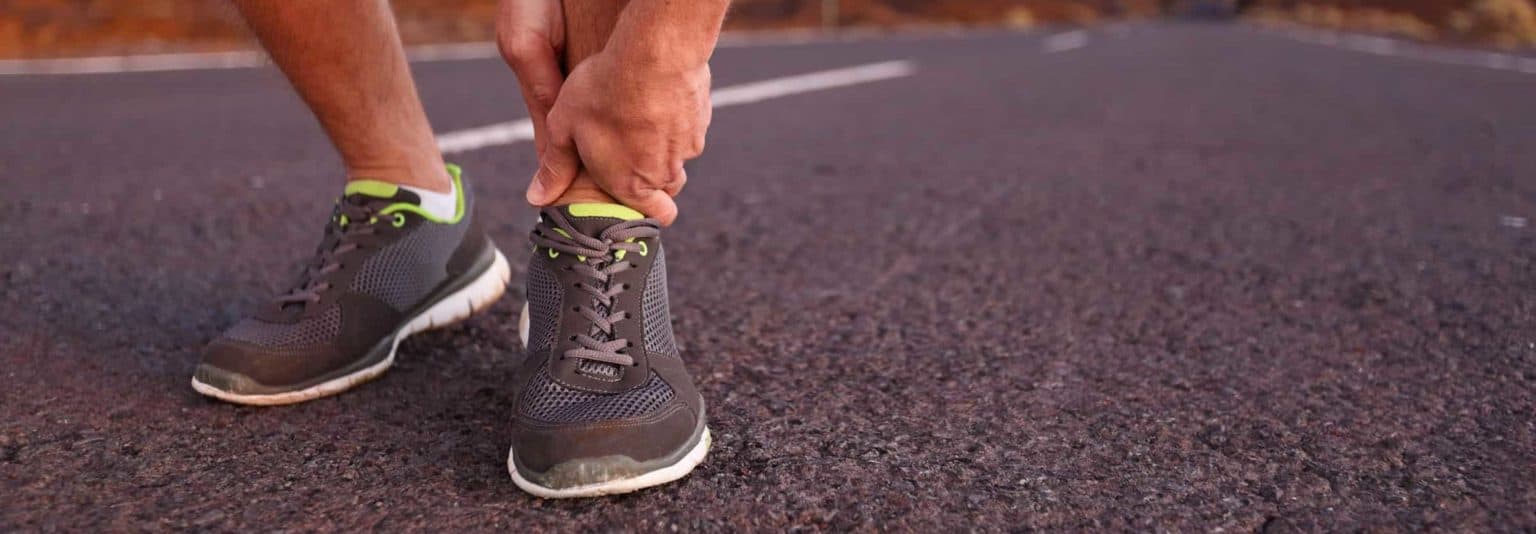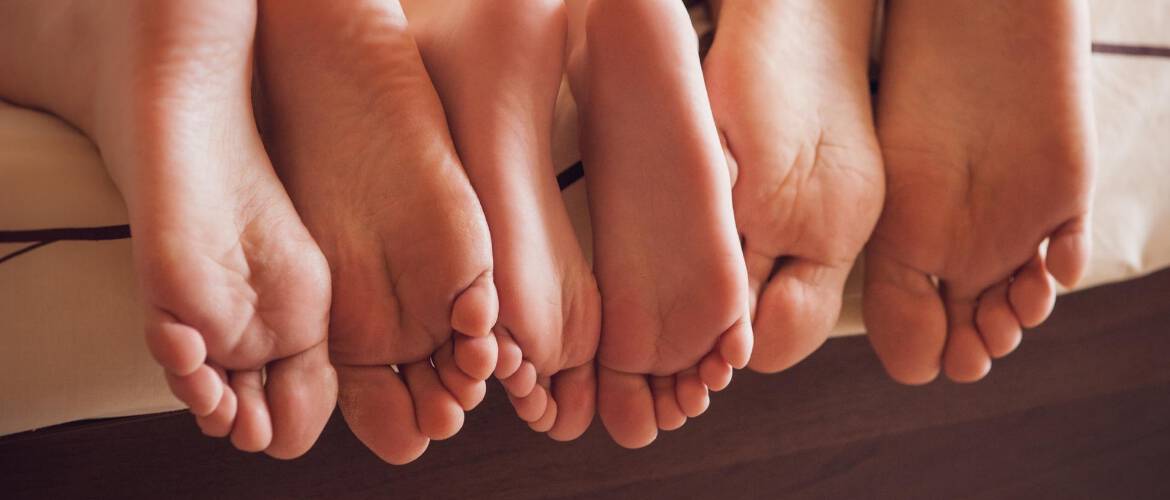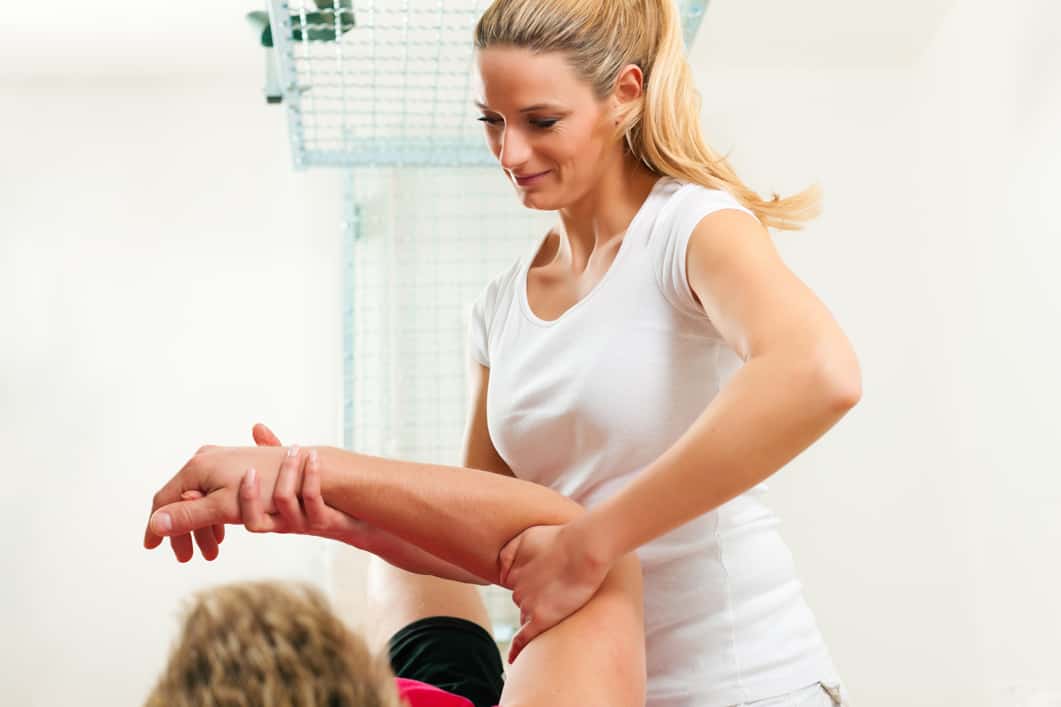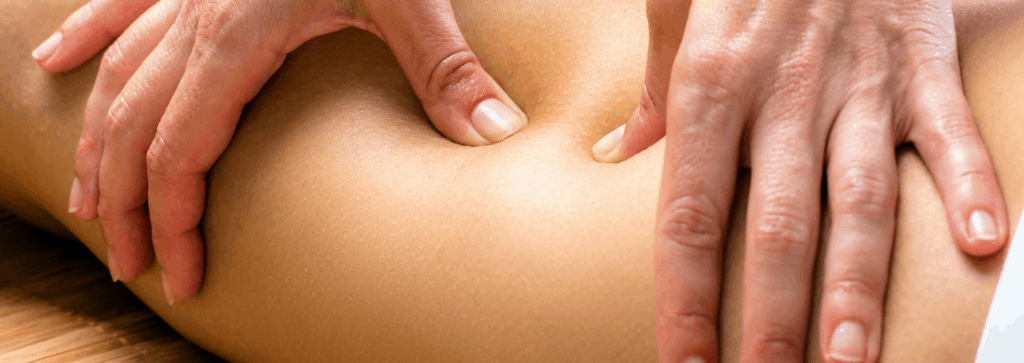Ed Grosser writes this blog that gives some idea of the relationship of your feet to other parts of your body, and why physios are ideally placed to check them out!
Feet are an incredibly complex part of the body with 26 different bones and 4 separate layers of muscles!
It is fair to say there is a lot going on down there.
Your feet also have an intimate relationship with other joints and muscles in your body.
What do your hips have to do with your feet?
The hip is one of these joints that has a big influence on how your feet work.
Not even the strongest, most brilliantly constructed feet will be able to perform well if the hip is not doing its job!
The range of hip movement available, the way that you move and the strength of your muscles around your hip dictates what your feet are able to do.
Your feet really dance to the tune of how your hips move.
It is common to find that people who have flatter feet and spend too much time ‘pronated’ (ie the phase of gait where the feet roll inwards) have hip control that isn’t great.
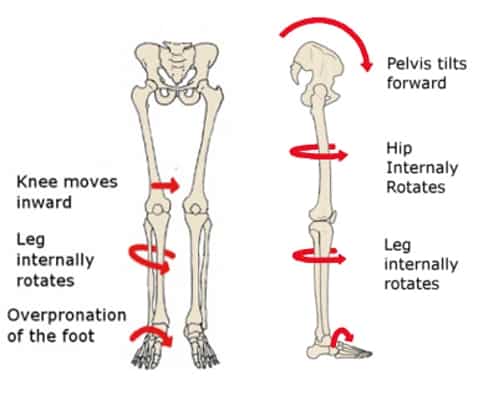
This picture shows that relationship clearly for standing, but correct control of your hip movement is crucial with dynamic tasks like squatting, running, jumping and dancing!
While everyone is different, in the clinic we often see people with not enough strength in their ‘gluteus medius’ or ‘deep external rotators’ of the hip.
These muscles are really really important! They control the rotation of the hip (ie the amount of twist of your thigh bone and shin bone).
Just as important is that they control position of the pelvis in the ‘frontal plane’. That is, if you stand on one leg, how much your pelvis drops.
Here is a video of me showing for a great exercise for gluteus medius that can be done at home with no equipment!
How does your butt relate to your feet?
Another common finding for people with pronated feet is that they either lack hip extension range of movement or hip extension (buttock) strength.
Hip extension is the movement of your leg going back behind you (where your back leg is when walking).
Your largest and strongest muscle in the body is gluteus maximus.
Gluteus maximus must be strong enough and used adequately (kicking butt – editor’s note) through it’s entire range for your foot to be able to ‘supinate’ while walking (the recovery from rolling inwards).
Without that driving force coming from the hip, that foot will stay relatively pronated. This causes an ineffective gait pattern, a foot that remains too flexible during walking and potentially a host of other issues down the track such as tendon problems, plantar fascia problems, tendinopathies and much more.
If you are someone who has ‘flat feet’, foot or ankle pain or you wear orthotics, it is well worth exploring what is going on up the chain! Especially if it has never been assessed.
So you have foot problems. How are your hips? And your butt?
If you have any problems with feet, ankle, knees or hips, you would definitely benefit from a GaitScan assessment. It is quick and simple but it gives you so much information that you can’t get in any other way.
To read more about GaitScan, click here.
Just ring us on 8356 1000 or book online by clicking the button at the top of the page.












